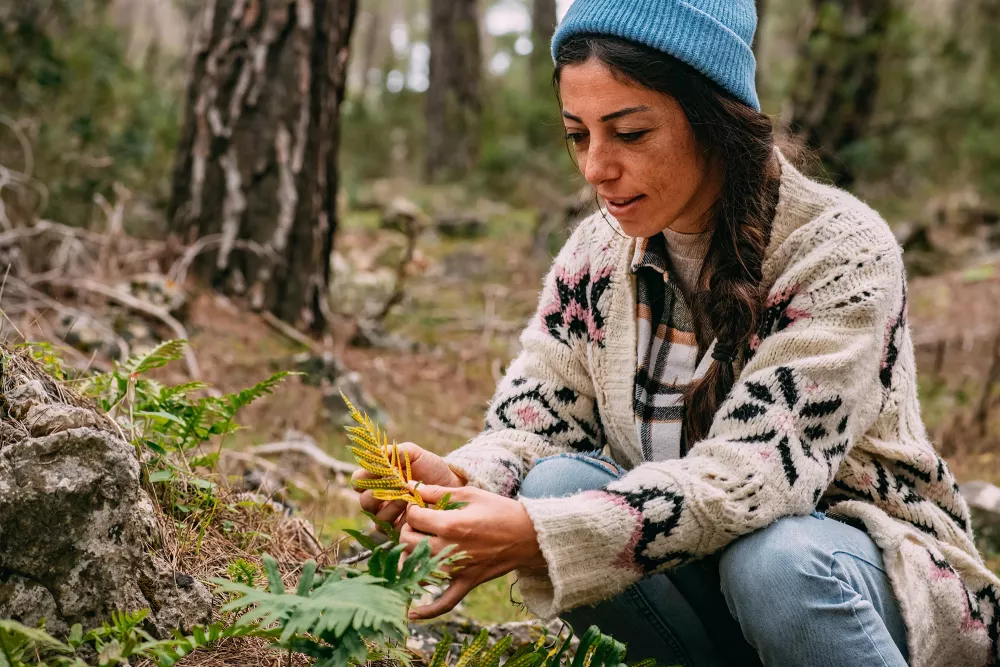The Arbor Day Foundation is pledging 10 million trees to areas impacted by hurricanes Helene, Milton Help us replant
Bulletin
What Tree Is That — and Why?
No matter where you live in the United States, trees are your neighbors. More than 747 million acres of forests grace our rural lands in the 48 contiguous states and there are another 70 million acres of trees within our urban areas. Even densely populated New York City has more than 5 million trees.

Knowing the names of our green neighbors and the features that make each unique can be personally satisfying and can help build greater appreciation for the many benefits trees provide.
With approximately 1,000 distinct species of trees in the U.S., only an expert can be expected to know them all. When it comes to cultivars, such as the 600-some crabapples extant, even the experts have to resort to chemical analysis or a review of records showing parentage. We’ll leave that level of expertise to the professionals. This bulletin is about the common trees that are encountered in our communities, how they can be identified, and some of the interactions or ecology that make them a fascinating part of our environment.
There are many good reasons for identifying the trees in your area. First, it is essential to know the name of a tree to be able to plant the right species in the right place. Errors can be costly and disappointing if the tree turns out to be unsuited to its surroundings. Second, different species require different care and treatment. This knowledge can also serve as clues regarding the potential hazard of breakage or other problems like susceptibility to pests. Third, species give us important information about overplanting, recognizing that diversity of both species and genera are safeguards against widespread loss during storms or epidemics.
Just as important is the personal satisfaction that comes from knowing the names and characteristics of trees. Matt Harris, chief executive of the Arbor Day Foundation, sums it up. “It’s just plain fun to be able to identify trees,” he says. He also notes that it’s a good first step toward helping young people get acquainted with trees and develop a love for nature.
In This Bulletin
Here’s what’s inside:
- A Helpful Key to Identification – the Arbor Day Foundation’s What Tree Is That? field guide serves as a handy tool
- Knowing Your Tree – using what you know about a tree to help identify it
- More Clues to Identification – how flowers, fruit, twigs, and buds can help
- Bark – Functional and Identifying – examples of distinctive bark that can help identify trees
- Remarkable Relationships – the importance of understanding the relationships between certain species of trees and other life forms

